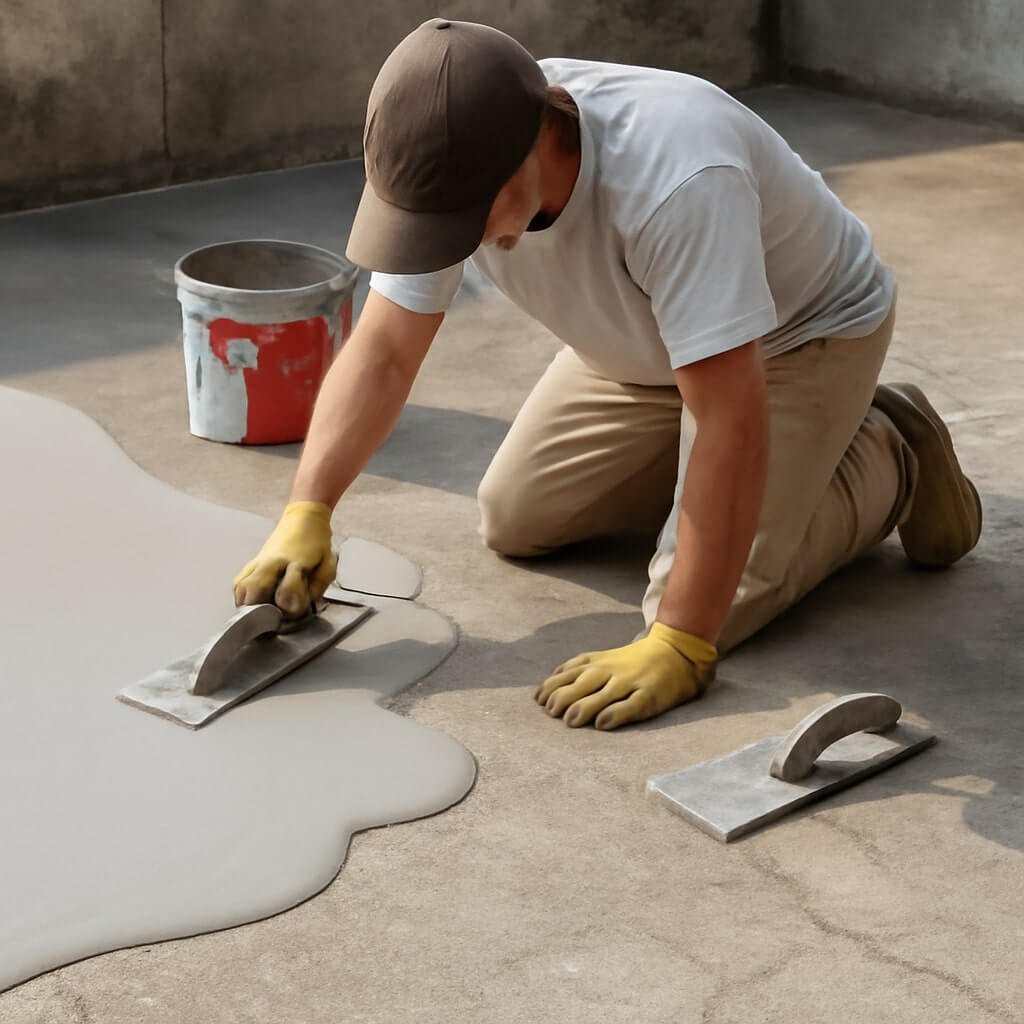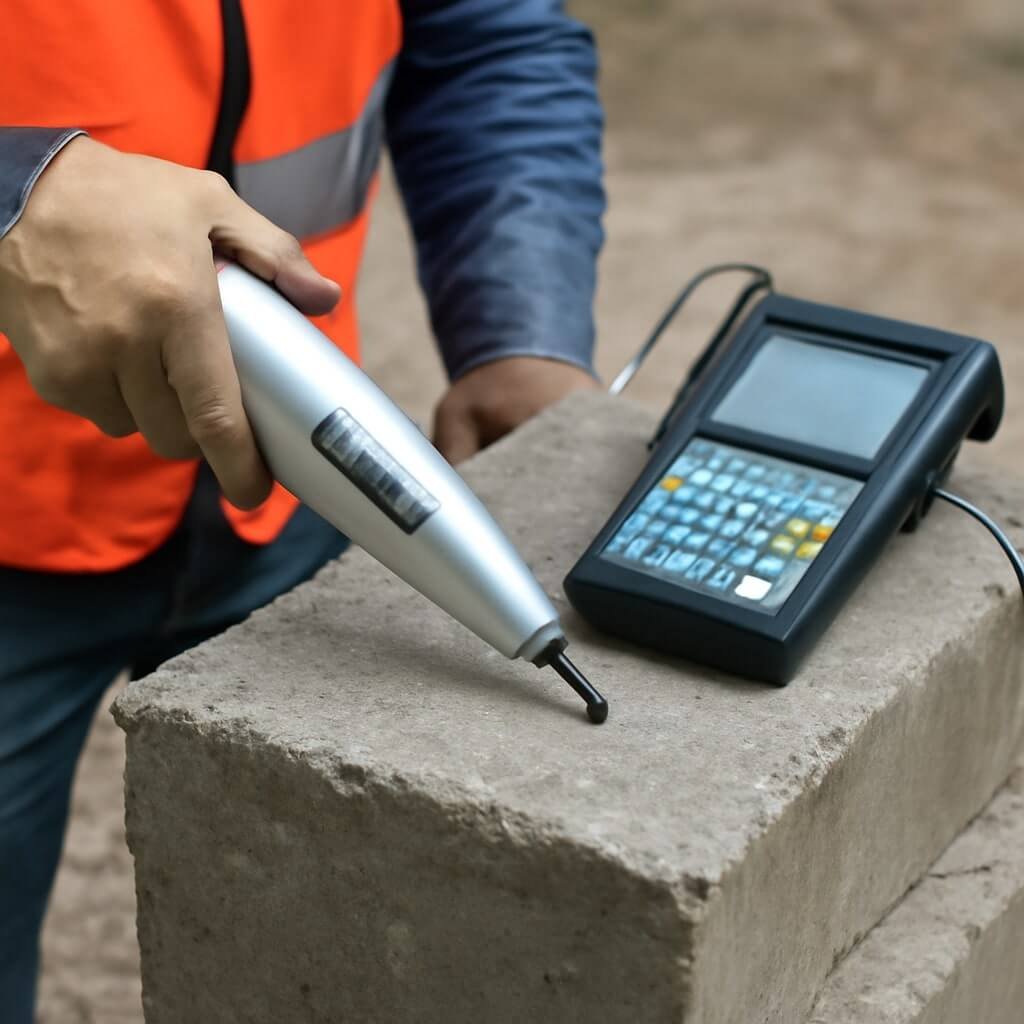Concrete resurfacing is an essential process for restoring the beauty and functionality of aging or damaged concrete surfaces. Whether it’s a driveway, patio, sidewalk, or commercial flooring, concrete often suffers wear and tear due to weather, heavy use, and time. Resurfacing offers a cost-effective and aesthetically pleasing way to breathe new life into these surfaces without the need for complete replacement.
In this article, we will explore the top concrete resurfacing techniques, providing you with a detailed understanding of each method’s applications, benefits, and how to choose the right technique for your needs. With an emphasis on innovation and durability, these 12 powerful methods are designed to meet various requirements, budgets, and design preferences.
What is Concrete Resurfacing?
Concrete resurfacing involves applying a thin layer of new material over existing concrete to improve its appearance, repair damage, and enhance its durability. This process can extend the life of your concrete and is less expensive and less labor-intensive than full concrete replacement.
When to Consider Resurfacing Concrete
Knowing when to resurface your concrete can save you time and money. Common signs include:
- Cracks and minor surface damage
- Surface discoloration or staining
- Spalling or surface flaking
- Uneven or rough texture
- Faded appearance or loss of gloss
If structural damage is minimal, resurfacing is usually a practical solution.
Benefits of Concrete Resurfacing
- Cost-Effective: Resurfacing costs a fraction of full replacement.
- Improved Aesthetics: Achieve a fresh, updated look.
- Durability: Protects the underlying concrete from further damage.
- Versatility: Multiple finishes and styles available.
- Eco-Friendly: Less waste and material use than replacement.
Key Materials Used in Concrete Resurfacing
Concrete resurfacing involves different materials tailored to specific outcomes:
- Concrete Overlays: Cement-based mixtures applied over existing concrete.
- Epoxy Coatings: Durable, resin-based coatings for a glossy finish.
- Polyurethane Overlays: Flexible and abrasion-resistant coatings.
- Microtoppings: Thin layers for fine finishing.
- Polymer-Modified Cement: Enhanced cement with polymers for strength and adhesion.
- Stains and Sealers: For color and protection.
Each material has unique properties influencing the final look and durability.
Top 12 Concrete Resurfacing Techniques
Let’s dive into the most popular and effective techniques for concrete resurfacing:
1. Concrete Overlays
Concrete overlays are thin layers of cement-based material applied over existing concrete to repair and enhance the surface. They can be textured, colored, or stamped, offering a range of design options. This method is ideal for correcting surface defects and improving aesthetics without major construction.
2. Epoxy Coatings
Epoxy coatings create a hard, durable, and glossy surface that resists stains, chemicals, and abrasion. Often used in garages, warehouses, and commercial spaces, epoxy provides excellent protection while allowing customization through colors and patterns.
3. Microtopping
Microtopping involves applying a very thin layer of cementitious material, usually less than 3 mm thick, to produce a smooth, polished finish. This technique is excellent for interior floors and countertops, giving a modern and seamless appearance.
4. Stamped Concrete Overlays
Stamped overlays mimic natural stone, brick, or tile patterns by imprinting designs into the fresh overlay. This decorative approach is perfect for patios and driveways, adding texture and visual interest without replacing the slab.
5. Polished Concrete Resurfacing
Polishing existing concrete surfaces enhances durability and shine by grinding the surface to expose aggregates. It’s often combined with densifiers and sealers to create a high-gloss, low-maintenance floor suitable for commercial and residential spaces.
6. Self-Leveling Concrete
Self-leveling concrete is a smooth, flowing mix used to correct uneven or damaged concrete floors. It spreads easily and levels itself, providing a perfect base for further finishing or overlays.
7. Concrete Staining
Staining penetrates the surface to add rich, translucent colors, enhancing the natural look of concrete. Acid stains, water-based stains, or dyes offer versatile color options and are commonly combined with sealers for durability.
8. Concrete Sealing
Sealing is crucial to protect resurfaced concrete from water, chemicals, and wear. Sealers come in penetrating and topical varieties and can enhance the surface sheen.
9. Polyurethane Overlays
Polyurethane overlays offer excellent abrasion resistance and flexibility, making them suitable for surfaces exposed to heavy traffic or harsh weather. These coatings also resist UV damage, maintaining color over time.
10. Concrete Grinding
Grinding removes surface imperfections and prepares the concrete for resurfacing or sealing. It smooths out rough spots and helps overlays adhere better.
11. Crack Repair and Resurfacing
Before resurfacing, cracks must be repaired to ensure longevity. Techniques include epoxy injection, patching with polymer-modified cement, or flexible fillers to address movement and prevent further damage.
12. Overlay with Polymer-Modified Cement
Polymer-modified cement overlays improve adhesion, flexibility, and durability. This hybrid material combines the best features of cement and polymers, suitable for heavy-duty resurfacing projects.
How to Choose the Right Concrete Resurfacing Technique
Selecting the best technique depends on several factors:
- Surface Condition: Extent of damage and structural integrity.
- Budget: Available funds for materials and labor.
- Use Case: Residential, commercial, or industrial application.
- Aesthetic Goals: Desired appearance and texture.
- Climate: Exposure to weather extremes.
- Longevity: Expected lifespan of the resurfacing.
Consulting with a professional can help tailor the solution to your specific needs.
Step-by-Step Guide to Concrete Resurfacing
A typical resurfacing project involves:
- Surface Preparation: Cleaning, repairing cracks, and grinding.
- Mixing Materials: Following manufacturer’s instructions for overlays or coatings.
- Application: Spreading, troweling, stamping, or spraying the resurfacing material.
- Curing: Allowing time for the material to set and strengthen.
- Sealing: Applying sealers for protection and enhanced appearance.
Proper preparation and timing are key to success.
Maintenance Tips for Resurfaced Concrete
To keep your resurfaced concrete looking great:
- Clean regularly with mild detergents.
- Avoid harsh chemicals that can damage coatings.
- Repair chips or cracks promptly.
- Reapply sealers every few years.
- Use mats or pads under heavy furniture or equipment.
Routine maintenance extends lifespan and preserves aesthetics.
Common Mistakes to Avoid in Concrete Resurfacing
- Skipping surface preparation.
- Using the wrong materials for the job.
- Applying overlays too thick or too thin.
- Ignoring curing times.
- Attempting complex projects without experience.
Avoiding these pitfalls ensures a durable and attractive finish.
Frequently Asked Questions (FAQs)
1. How long does concrete resurfacing last?
With proper maintenance, concrete resurfacing can last 10 to 20 years, depending on the method and environment.
2. Can resurfacing fix structural damage
No, resurfacing addresses surface issues. Structural damage requires professional assessment and repair.
3. How much does concrete resurfacing cost?
Costs vary widely but generally range from $3 to $10 per square foot, depending on the technique.
4. Is DIY concrete resurfacing a good idea?
Simple repairs might be DIY-friendly, but larger projects benefit from professional expertise.
5. What is the curing time for resurfaced concrete?
Curing times vary by material but typically range from 24 hours to several days.
6. Are there eco-friendly resurfacing options?
Yes, some overlays and sealers are low-VOC and environmentally friendly.
Conclusion
Concrete resurfacing is a practical and versatile solution to restore, protect, and beautify your concrete surfaces. With these 12 powerful techniques, you can find the perfect match for your project’s needs, whether it’s decorative overlays or heavy-duty coatings. Proper selection, application, and maintenance will ensure your concrete looks great and performs well for years to come.




